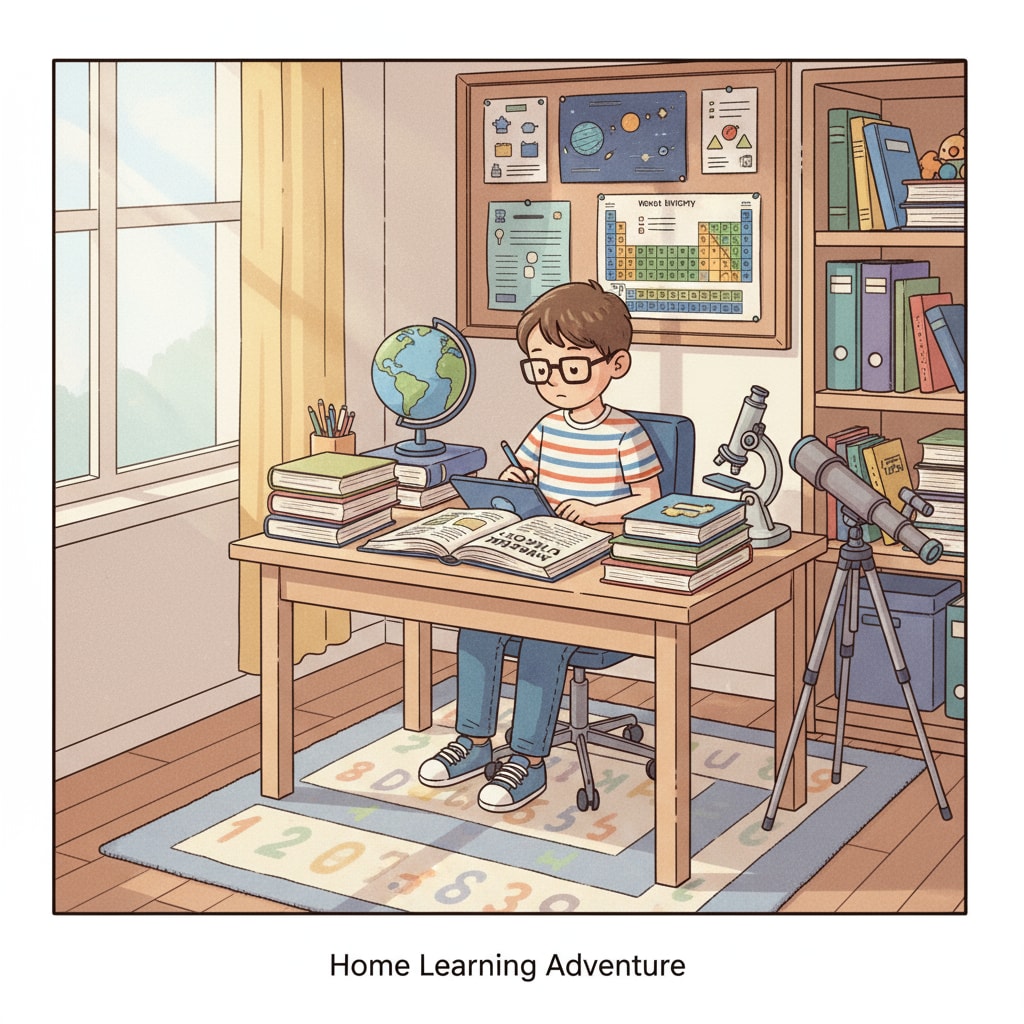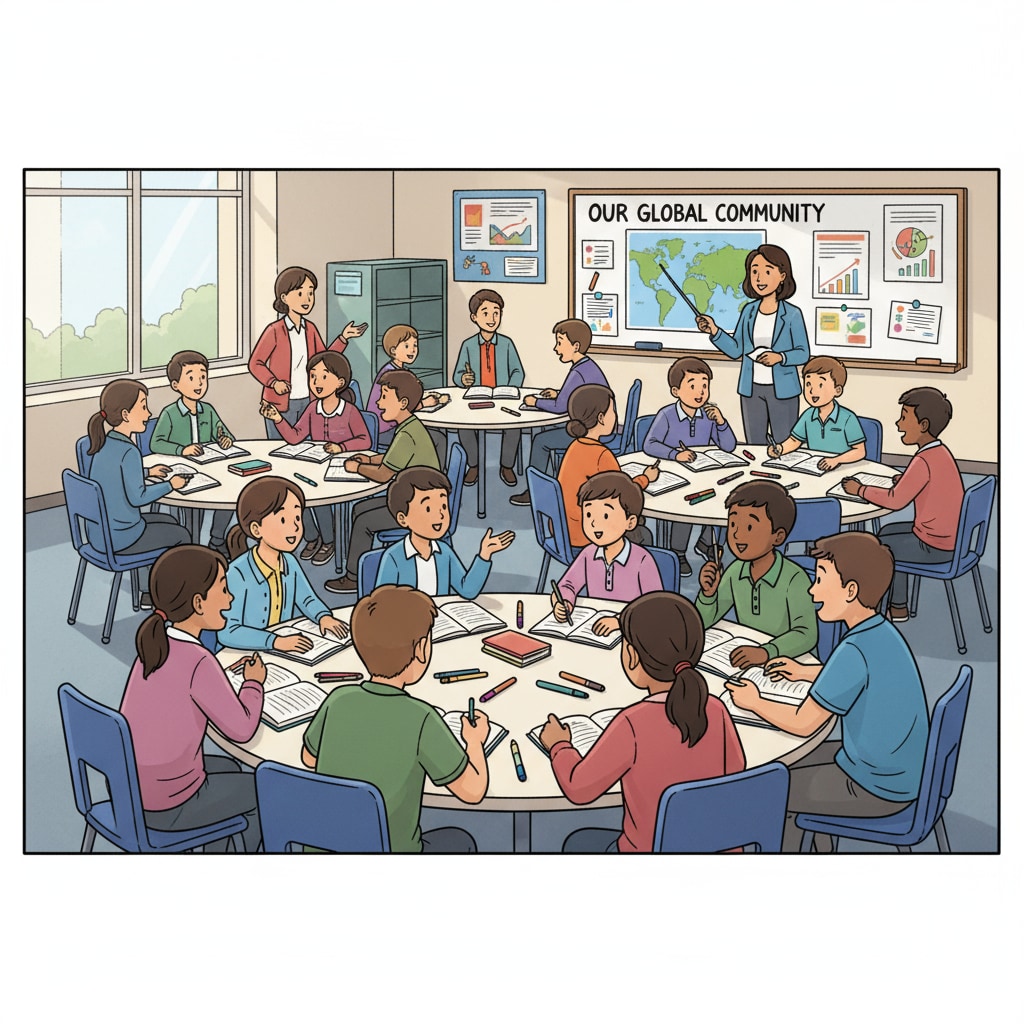Home schooling, bias, and public schools are topics that spark intense debate in the realm of education. While home schooling offers a personalized learning environment, it also raises concerns about the potential limitation of a child’s exposure to diverse ideas and the transmission of family biases. Let’s take a closer look at these issues.

The Allure of Home Schooling
Home schooling has gained popularity in recent years. Parents opt for it to provide tailored education for their children. For example, children with special needs can receive one-on-one attention that might be lacking in a crowded public school classroom. According to Britannica, home schooling allows for a customized curriculum that can focus on a child’s specific interests and learning pace.
The Hidden Pitfalls – Bias Transmission
However, one major concern is the potential for bias transmission. In a home schooling setting, children are mainly exposed to their parents’ beliefs, values, and worldviews. This can lead to a narrow perspective. Parents may unconsciously pass on their own biases, whether it’s related to social issues, culture, or politics. As a result, children might grow up with limited understanding of different viewpoints. For instance, if parents hold strong opinions about a certain ethnic group, those biases could be subtly imparted to the child.

The Advantage of Public Schools – Diverse Thought Exchange
Public schools, on the other hand, serve as a melting pot of ideas. Students from various backgrounds come together, bringing with them different beliefs, cultures, and ways of thinking. This environment encourages open discussions and the exposure to a wide range of ideas. As stated on Wikipedia, public schools play a crucial role in fostering a sense of community and promoting social cohesion by exposing students to diversity. In a public school classroom, a child might encounter classmates with different religious beliefs, family structures, and life experiences, which broadens their horizons.
In conclusion, while home schooling has its merits, it’s essential to be aware of the potential risks of bias transmission and limited thought diversity. Parents considering home schooling should strive to create an environment that mimics the diversity of public schools, perhaps by encouraging interactions with a wide range of people and exposing children to different media and educational resources. By doing so, they can help their children develop a more well-rounded perspective and avoid the pitfalls of growing up with a narrow worldview.
Readability guidance: This article uses short paragraphs to clearly present ideas. Each H2 section provides key points. The passive语态 is kept to a minimum, and transition words like “however”, “for example”, and “as a result” are used to enhance the flow of the text.


